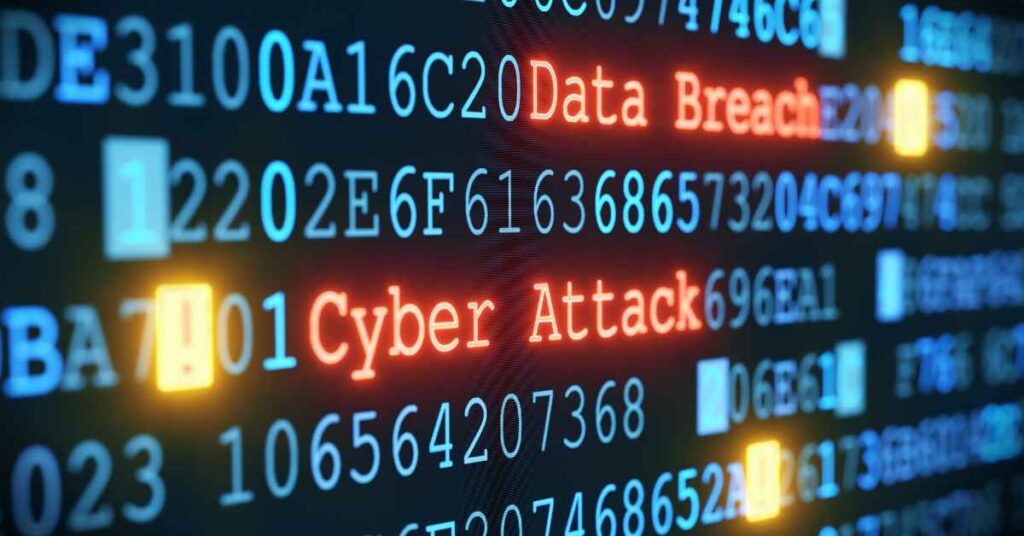Introduction
Phishing is a type of cyber attack where attackers impersonate legitimate entities, such as banks, social media platforms, or online services, to trick individuals into revealing confidential information.
These attacks can have severe consequences, including identity theft, financial loss, or unauthorized access to personal accounts. It is crucial to understand how phishing scams work and how to protect yourself from falling victim to them.
Understanding Phishing Scams
What is Phishing?
Phishing is a form of social engineering where attackers use deceptive tactics to manipulate individuals into divulging sensitive information or performing certain actions. These attacks typically occur through email, but they can also happen through other communication channels like text messages or phone calls.
How Do Phishing Scams Work?
Phishing scams work by exploiting human psychology and trust. Attackers craft convincing emails that appear to be from legitimate sources and use persuasive language to convince recipients to take immediate action. This action often involves clicking on malicious links, downloading infected attachments, or providing personal information.
Common Types of Phishing Attacks
Phishing attacks come in various forms, each with its own approach to deceive individuals. Some common types include:
- Deceptive Phishing: This involves creating fake websites or emails that imitate well-known brands or services.
- Spear Phishing: Attackers target specific individuals or organizations, tailoring their messages to appear more personalized and authentic.
- Whaling: Whaling attacks specifically target high-profile individuals, such as CEOs or high-ranking executives, to gain access to sensitive corporate information.
Recognizing Phishing Emails
Suspicious Sender Email Address
One of the telltale signs of a phishing email is an unusual or suspicious sender email address. Attackers often use email addresses that mimic legitimate organizations but have slight variations or misspellings. Pay close attention to the sender’s email address to detect any inconsistencies.
Poor Grammar and Spelling Errors
Phishing emails often contain grammar and spelling errors, as attackers may not have the same level of proficiency as legitimate organizations. These errors can serve as red flags and indicate the email’s fraudulent nature. Legitimate organizations usually maintain professional communication standards.
Urgent or Fear-Inducing Language
Phishing emails often create a sense of urgency or fear to prompt immediate action. They may warn of account closures, unauthorized access, or pending consequences if action is not taken promptly. Attackers rely on these emotions to bypass critical thinking and make individuals act impulsively.
Protecting Yourself from Phishing Scams
Think Before You Click
Before clicking on any links in an email, take a moment to evaluate the email’s legitimacy. Hover over the link to check the URL destination. If it looks suspicious or unfamiliar, refrain from clicking. Instead, independently visit the website through a trusted source or manually enter the URL in your browser.
Verify Website Authenticity
If an email directs you to a website where you need to provide personal information, double-check its authenticity. Look for secure connections (https://) and ensure the website address matches the legitimate source. Be cautious of websites that request unnecessary or excessive personal information.
Enable Two-Factor Authentication (2FA)
Two-factor authentication adds an extra layer of security to your accounts. By enabling 2FA, you will need to provide an additional verification code, usually sent to your mobile device, when logging in. This adds an extra barrier for attackers, even if they manage to obtain your login credentials.
Email Security Best Practices
Use Strong and Unique Passwords
Having strong, unique passwords for your email accounts is crucial. Avoid using easily guessable passwords and refrain from using the same password for multiple accounts. Consider using a password manager to securely store and generate complex passwords.
Regularly Update Software and Security Patches
Keep your email software, operating system, and security applications up to date. Software updates often include security patches that address known vulnerabilities, making it harder for attackers to exploit your system.
Be Cautious of Email Attachments and Links
Exercise caution when opening email attachments or clicking on links, especially if they are from unknown or suspicious sources. Malicious attachments can contain malware that can infect your system. When in doubt, verify the sender and the legitimacy of the attachment before opening it.
Educating Others About Phishing Scams
Promote Security Awareness Training
Educating others about phishing scams and cybersecurity best practices is vital. Promote security awareness training within your organization or community to ensure individuals are equipped with the knowledge to identify and respond to phishing attacks.
Teach Email Safety Tips
Teach others about email safety and how to recognize phishing emails. Provide guidance on the importance of checking sender email addresses, identifying red flags, and verifying the authenticity of links and attachments before taking any action.
Reporting Phishing Attempts
Encourage individuals to report phishing attempts to the appropriate authorities or their organization’s IT department. Reporting such incidents can help raise awareness, track trends, and take necessary measures to mitigate the impact of phishing attacks.
Conclusion
Phishing scams remain a prevalent threat, and email security is of utmost importance in today’s digital landscape. By understanding the techniques used by attackers, recognizing the signs of phishing emails, and adopting email security best practices, individuals can significantly reduce the risk of falling victim to these scams. Remember to stay vigilant, think before you click, and prioritize education and awareness to protect yourself and others from phishing attacks.






